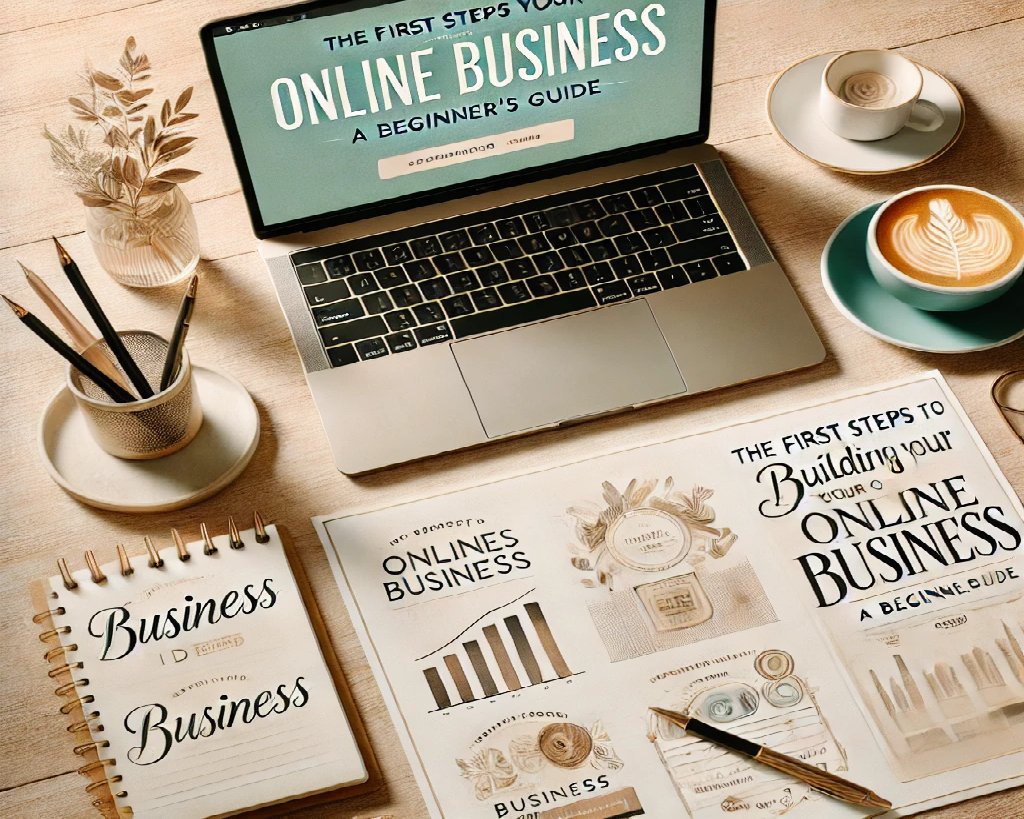Creating a winning affiliate marketing funnel that converts like crazy is the Holy Grail for many online marketers. By strategically guiding potential customers through a well-crafted series of steps, you can maximize your conversions and boost your affiliate earnings. In this comprehensive guide, we will delve into the essential elements of building a successful affiliate marketing funnel. From understanding the basics of affiliate marketing to implementing effective email marketing strategies, we will explore the key steps you need to take to create a high-converting funnel that drives results. 🚀
1. Understanding the Affiliate Marketing Funnel
The Basics of Affiliate Marketing
Ah, affiliate marketing – the modern-day hustle where you earn a commission for promoting other people’s products. It’s like being a matchmaker, but for products and buyers instead of lovebirds. Not too shabby, right? 😉

Overview of the Affiliate Marketing Funnel
Imagine a funnel as your trusty sidekick, guiding your audience from curious clickers to enthusiastic buyers. The top of the funnel is all about creating awareness, while the bottom is where the magic happens – conversions galore! It’s like leading a dance – smooth moves from step to step. 💃🕺
2. Identifying Your Target Audience and Niche
Market Research and Audience Segmentation
Before you start swinging affiliate products around like a digital salesperson at a flea market, get to know your audience. Who are they? What makes them tick? Segment them like a pro detective, and you’ll hit the bullseye every time. 🎯
Finding a Profitable Niche
Choosing a niche is like picking a favorite ice cream flavor – go with what you love, but also consider what’s in demand. Find that sweet spot where your passion meets profitability, and you’re on your way to affiliate stardom. 🍦💰
3. Choosing the Right Affiliate Products
Researching and Evaluating Affiliate Programs
Don’t dive into bed with the first affiliate program you see – do your homework! Research like you’re Sherlock Holmes on a case, evaluating product quality, commission rates, and trustworthiness. Your audience deserves the best. 🔍
Selecting Products Relevant to Your Audience
Your audience is your VIP squad, so treat them to products that speak their language. Think of yourself as a gift-giver – find products that solve their problems, fulfill their desires, and make them go, “Wow, this is exactly what I needed!” 🎁
4. Crafting Compelling Content and Offers
Creating Valuable and Engaging Content
Content is king, they say, and for good reason. Serve up content that educates, entertains, and builds trust with your audience. Be the hostess with the mostest – make them feel at home and eager to stay for more. 🏡
Developing Irresistible Offers and Incentives
Everyone loves a good deal, right? Whip up offers and incentives that make your audience go, “I can’t resist this!” Whether it’s a limited-time discount, a bonus gift, or a virtual high-five, give them a reason to click that buy button faster than you can say, “Cha-ching!” 💸
And there you have it – your guide to creating a killer affiliate marketing funnel that’s more irresistible than a puppy in a sweater. Now go forth, sprinkle your affiliate magic, and watch those conversions soar! 🚀
5. Building High-Converting Landing Pages

Creating landing pages that convert like crazy is the holy grail of affiliate marketing. To do this, you’ll want to ensure your landing page includes key elements that resonate with your audience. This includes a compelling headline, clear call-to-action, concise copy, engaging visuals, and social proof such as testimonials or reviews. 🖥️
Key Elements of a Successful Landing Page
- Compelling Headline: Grab attention and clearly communicate the value proposition.
- Clear Call-to-Action: Guide visitors on what action to take next.
- Concise Copy: Keep it short and to the point, focusing on benefits.
- Engaging Visuals: Use images or videos that complement your message.
- Social Proof: Include testimonials or reviews to build credibility.
Designing for Conversion Optimization
When designing your landing page, focus on conversion optimization. Ensure your page loads quickly, is mobile-responsive, and has a clean layout that directs attention towards your call-to-action. A/B testing different elements like headlines, images, and button colors can help you fine-tune your page for maximum conversions. 🎯
6. Implementing Effective Email Marketing Strategies
Email marketing is a powerful tool in your affiliate marketing arsenal. Building an email list allows you to nurture leads and drive conversions over time. Segmenting your list based on user behavior or demographics helps you send targeted campaigns that resonate with subscribers. 📩
Building an Email List and Segmentation

Encourage website visitors to subscribe to your email list by offering valuable content or exclusive offers. Segment your list based on factors like demographics, past purchases, or engagement levels to send personalized emails that cater to different audience segments. 💌
Creating Engaging Email Campaigns
Craft engaging email campaigns that provide value to your subscribers. This could include helpful tips, product recommendations, exclusive deals, or personalized content. Use compelling subject lines and visuals to grab attention, and always include a clear call-to-action that drives recipients to take the next step. 🔥
Comparing Aweber, LeadsLeap, and Systeme.io for Email Marketing
When it comes to choosing an email marketing platform, you have several great options. Here’s how Aweber, LeadsLeap, and Systeme.io compare:
Aweber
✅ Easy to use with drag-and-drop automation ✅ Strong email deliverability rates ✅ Built-in templates and segmentation features ❌ Higher pricing for larger lists
Aweber is the default service recommended by the PluginProfitSite programme, but the other 2 will handle the mailing list side equally well📧
LeadsLeap
✅ Free plan with autoresponder functionality ✅ Ad and traffic exchange features ✅ Advanced tracking tools ❌ Interface can feel cluttered for beginners
LeadsLeap‘s advertising and promotional features set it apart here📩
Systeme.io
✅ All-in-one platform with email marketing, funnels, and courses ✅ Affordable pricing, even for beginners ✅ Automation and tagging for personalized email sequences ❌ Limited integrations compared to dedicated email platforms
Systeme.io is a great choice if you want to host and sell courses, and run your own affiliate programme, with its own funnel📨
Each platform has its strengths, so choose based on your needs, budget, and desired features!
7. Optimizing and Testing Your Funnel for Maximum Conversions
Optimizing your affiliate marketing funnel is an ongoing process that involves analyzing performance data and making adjustments to improve results. Utilize analytics tools to track key metrics like conversion rates, click-through rates, and revenue generated to identify areas for improvement. 📊
Utilizing Analytics to Track Performance
Track the performance of each stage of your funnel to identify bottlenecks or areas of opportunity. Analyze metrics like conversion rates, bounce rates, and time on page to understand how visitors are interacting with your funnel. Use this data to make data-driven decisions that optimize your funnel for success. 🚀
A/B Testing and Tweaking for Improved Results
A/B testing involves creating variations of your landing pages, emails, or other funnel elements to see which performs better. Test different headlines, images, call-to-action buttons, or email copy to see what resonates best with your audience. Continuously tweak and refine your funnel based on these insights to drive maximum conversions. 🎯
Conclusion
Mastering the art of creating a winning affiliate marketing funnel requires a combination of strategic planning, compelling content, and continuous optimization. By following the steps outlined in this guide, you can enhance your affiliate marketing efforts and achieve the conversion rates you desire. Success in affiliate marketing is a journey of continuous learning and adaptation, so keep testing, tweaking, and refining your funnel to ensure it continues to convert like crazy. 💰🔥
📌 Affiliate Disclaimer: This article may contain affiliate links, meaning we may earn a small commission if you make a purchase through our links—at no extra cost to you. We only recommend products and services we trust and believe will benefit our readers.





















